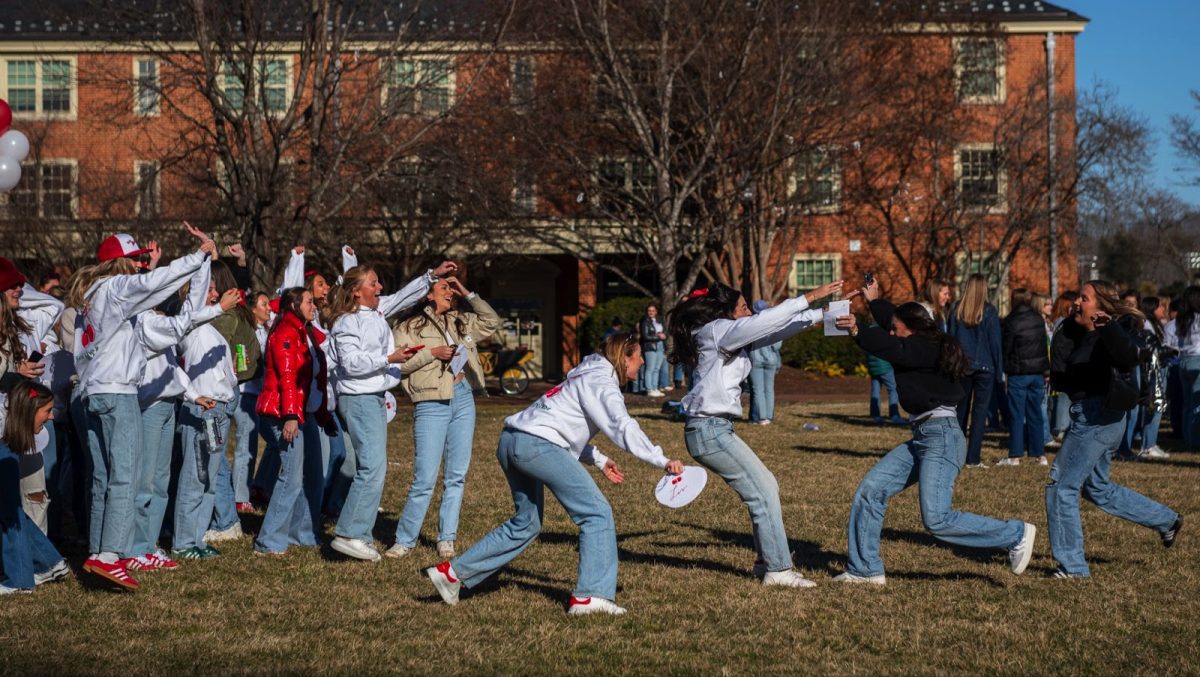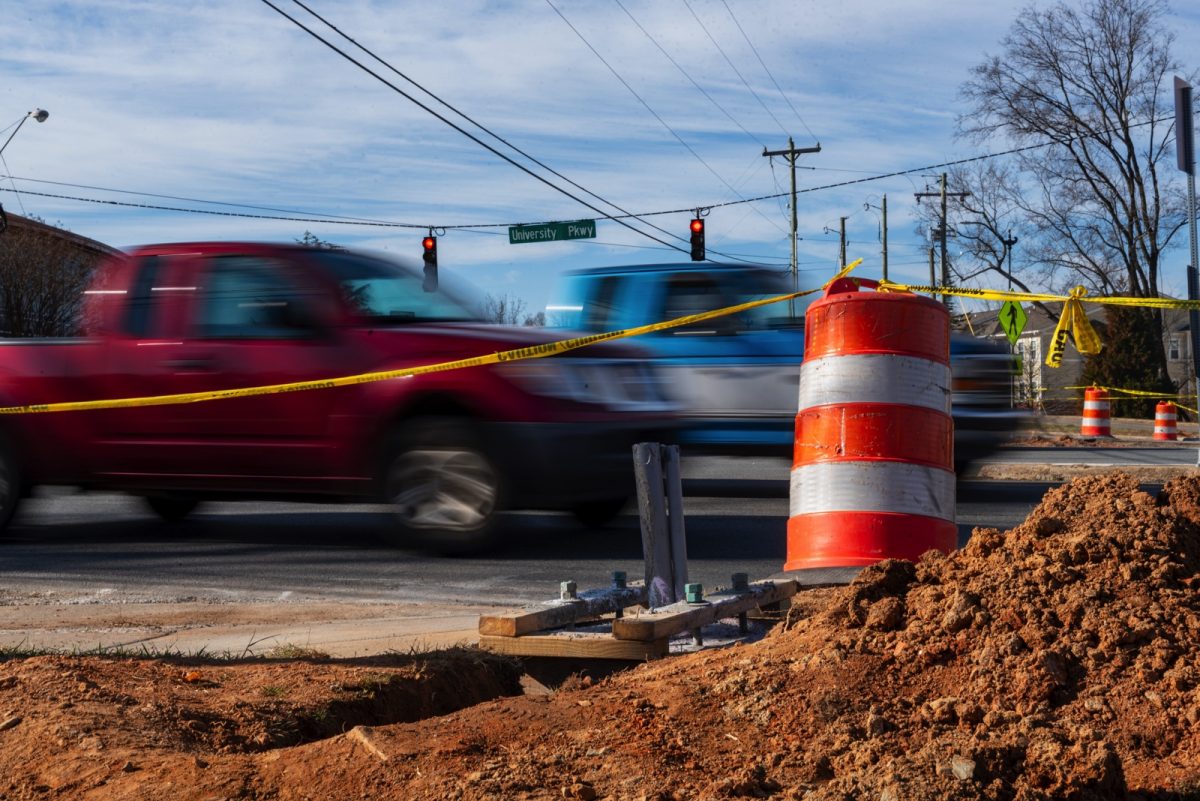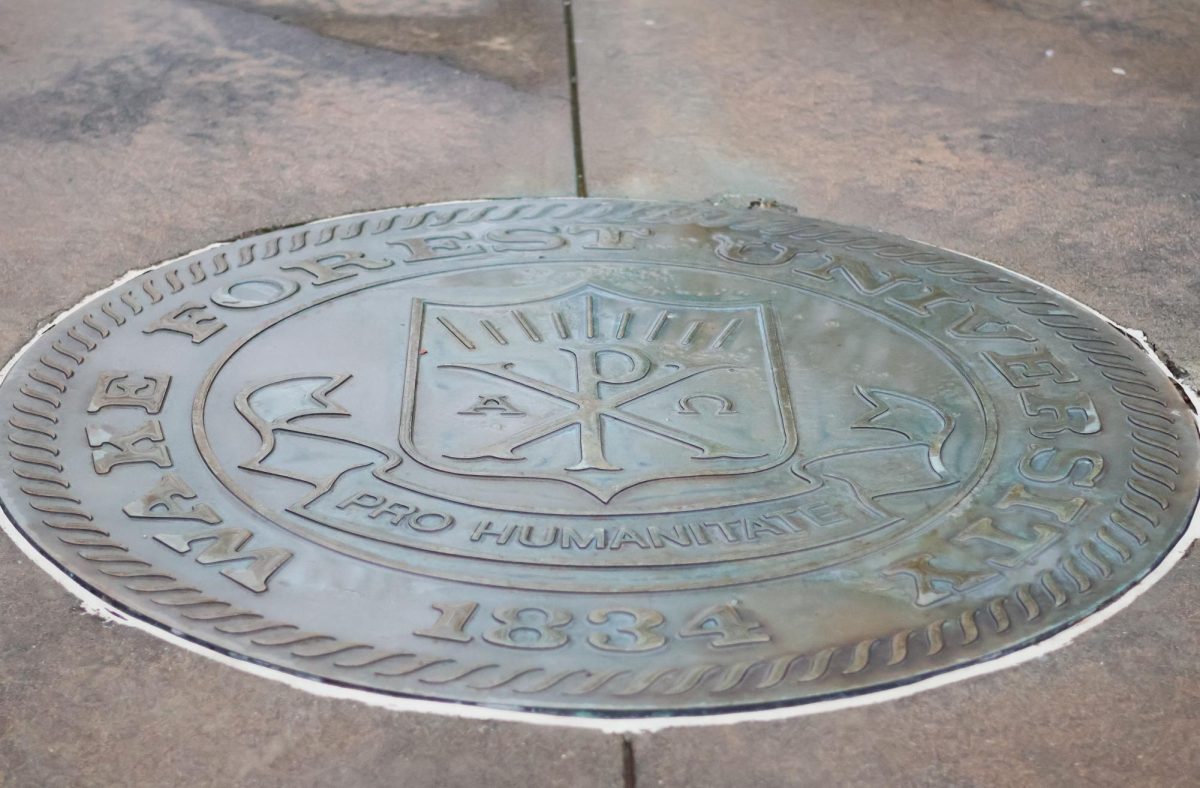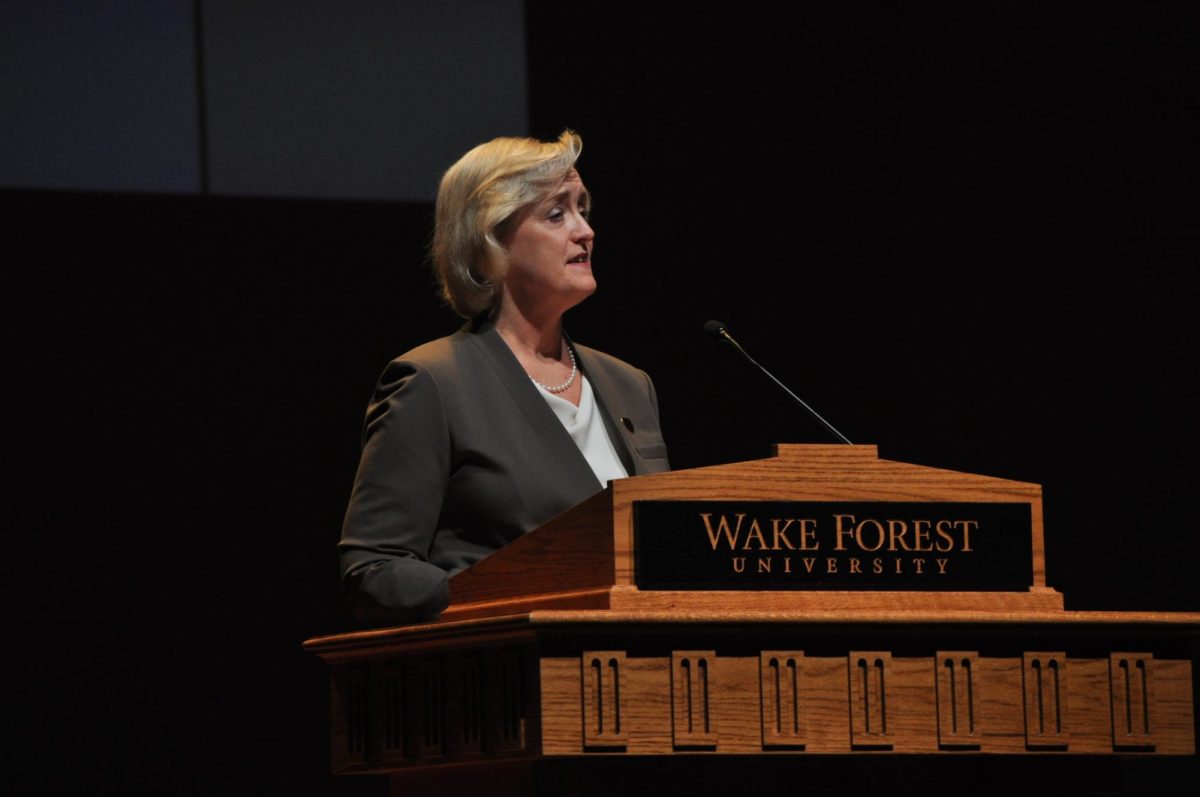My identity as a Black woman raised by Ethiopian immigrants is one I’m proud of. From the way I view the world to how I interact with others, it shapes my everyday life. Coming to Wake Forest, I knew I would be the minority. The tiny speck of diversity. Naively, I believed this would push me out of my comfort zone in positive ways and that maybe I would even graduate with a newfound perspective on life.
What I experienced when I arrived as a freshman was more than culture shock — it was being repeatedly hit with the disturbing realization that my identity would never be one that’s appreciated or acknowledged on this campus.
I quickly understood I would never be a normal student. I experienced either a constant hyperfixation on my appearance, compounded with a multitude of microaggressions, or a complete disregard of my existence. The reality of existing as a minority student at Wake Forest started to weigh heavily on my mental health.
Each February, Wake Forest University celebrates Mental Health Week with intention of fostering a healthier environment amid the stressful “work hard, play hard” culture that the school is known for. As a friend and I walked past a sea of green hearts with slogans like “Not feeling completely ok is ok,” we couldn’t help but roll our eyes and take in the irony of the display.
“They don’t really care about us,” my friend commented. His reference to “us” meaning students of color. (Editor’s note: The Old Gold & Black has agreed to provide anonymity to this student due to the student’s desire to avoid personal backlash).
At first I brushed it off, but then I really took the time to think about his comment. I wanted to find a way to explain this universal experience among students of color. While doing some digging, I came across the notion of racial weathering.
According to the National Library of Medicine, the weathering hypothesis states that chronic exposure to social and economic disadvantage leads to an accelerated decline in mental health outcomes. This exposure can partially explain racial disparities found in various health conditions.
I started thinking about the notion of safe spaces on campus and how significant they are for students of color when we are already marginalized.
Apart from inherently common spaces around campus like classes, dining halls or the library, which all students must frequent — the disappearance of students of color from social spaces is a blatant reality.
To avoid feelings of discomfort experienced in many social spaces where we are the minority, we often resort to isolating ourselves because the constant exposure to feeling like an outsider is emotionally draining.
If you’re not a student of color here, you might not understand why this separation occurs. To avoid feelings of discomfort experienced in many social spaces where we are the minority, we often resort to isolating ourselves because the constant exposure to feeling like an outsider is emotionally draining.
It’s important to understand historical contexts contributing to the marginalization of minority communities. Simultaneously, we must acknowledge how this is inextricable from the contemporary perpetuation of stereotypes and hierarchies that aid in the erasure of the minority experience at a Predominantly White Institution (PWI). This means critically engaging in discourse about how institutions are contributing to this marginalization within student populations.
Wake Forest is actively contributing to this marginalization.
While speaking with a classmate who’s on the leadership board of a student-led cultural-based organization, I discovered that Wake Forest’s administration has not granted this group a physical space of its own to hold meetings and events.
It’s no surprise to any student of color that the university passively contributes to marginalizing communities of color but learning about their active role angered me. Especially when it affects people that I care about.
Immediately after learning about what feels like Wake Forest’s lack of commitment to granting communities of color the proper space to feel safe, I knew that keeping this information to myself wasn’t an option.
Racial weathering is exacerbated due to white fragility. This occurs when systems are set up to insulate white people from discomfort in racial discourse.
My classmate was willing to talk further about the issue but wanted to remain anonymous. As a writer, I understand that as students of color, we often do not receive the same protection as white students, so I respect their choice to remain anonymous. (Editor’s note: The Old Gold & Black has agreed to grant anonymity to this student due to their desire to protect the organization they help lead).
They pointed out that most of the predominantly white fraternities and sororities have spaces, yet many cultural organizations are grouped together and have to share spaces. This seemed problematic to me because students of color are the ones who need spaces of comfort because they are the minority.
When asked about the direct correlation between Wake Forest’s failure to grant students of color proper space and the limitation to express our identities, they responded, “We need spaces where we can be relieved of the pressures to assimilate to the PWI environment and be free to express ourselves and our cultures individually. The mental well-being of minority students is a priority and should be respected as such through the distribution of safe spaces”
Racial weathering is exacerbated due to white fragility. This occurs when systems are set up to insulate white people from discomfort in racial discourse. One of my favorite Netflix shows “Dear White People” portrays a group of Black students at a mostly white elite university where racism is felt by this group but ignored by others.
Wake Forest is setting the precedent that individuals who identify with these organizations do not deserve to be acknowledged and appreciated to their fullest on [Wake Forest’s] campus. That they are not worthy of respect and recognition but merely acknowledged as an effort of performative necessity.
— Anonymous
The show allows Black students to see the experiences of characters and say, “I’m so glad someone finally put it that way.” Despite this positive outlet for Black students across college campuses, “Dear White People” received backlash due to a hyperfixation on the title and the belief that its focus on identity was inherently divisive.
The misconception that racial discourse and a focus on the experience of marginalized identities is divisive prevents us from having crucial conversations such as the importance of space for communities of color.
The mere ability to be able to choose to avoid these difficult conversations is simply a privilege that many in my position do not have.
It’s difficult for anyone to speak up about this traumatizing experience. As someone who is fearlessly passionate about social justice, this topic was difficult for even me to write about.
I will gladly be a voice for those who have been silenced because our voices must be heard and our experiences shared. If you are a student of color reading this — you are not in this alone.
Until Wake Forest addresses this pervasive issue, we must keep creating and fighting for space.
When asked for any final words, my classmate said, “Wake Forest is setting the precedent that individuals who identify with these organizations do not deserve to be acknowledged and appreciated to their fullest on [Wake Forest’s] campus. That they are not worthy of respect and recognition but merely acknowledged as an effort of performative necessity.”















Paul • Apr 29, 2024 at 10:00 pm
I find your point of view so typical of your generation. The world owes me a safe space so I can be me. Everyone is racist except me. I have advice for you which time will assert. Grow Up.
Mwinso • May 1, 2024 at 9:55 am
Instead of coming at the writer with aggression, why not take the time to actually understand and process what she is saying. The fact of the matter is that the systems that we live in today are all built on the foundation of racism. The whole country is. It is an uncomfortable thing to face, especially as an poc on a pwi campus. That can take a toll on someone’s mental health. Minority clubs being granted spaces where they are not forced to assimilate to the “normal” culture of white students would be a great way to help students of color in terms of their mental health.